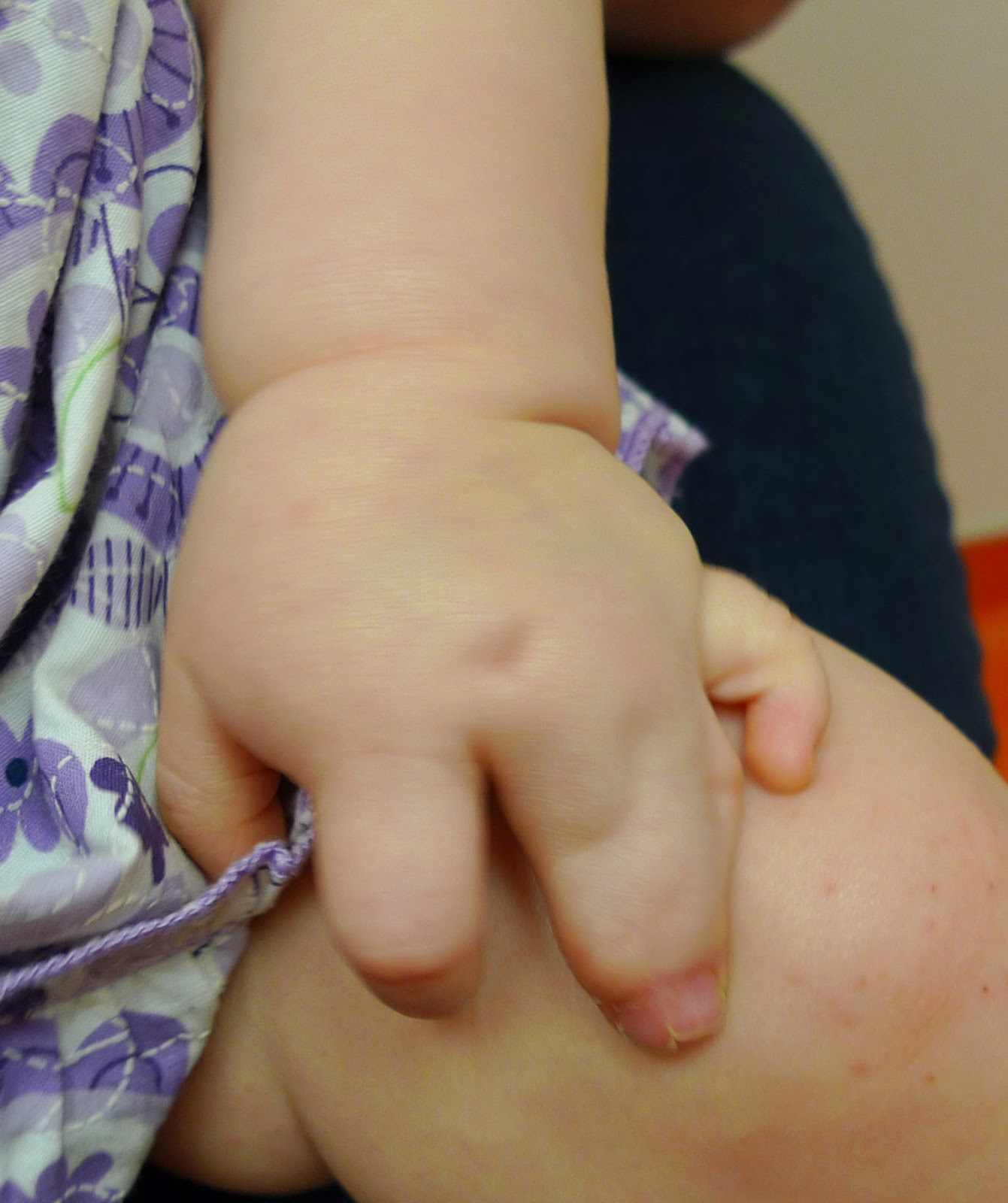Polydactyly means that more than the normal 5 digits. Typically patients have either an extra thumb or an extra pinky.
 |
| A patient with radial polydactyly (extra thumb). |
Syndactyly is the abnormal joining of the fingers. It is most common between the middle digits but can affect any of the fingers.
 |
| Syndactyly of the fingers. |
While these conditions are uncommon, each is one of the most common birth (i.e., congenital) anomalies of the upper extremity. And both typically do well with surgery. I have previously posted several times on both syndactyly and polydactyly.
Central synpolydactyly is, in contradistinction, very uncommon. In this condition, there is both syndactyly of the central digits and an extra digit in the middle of the other fingers. It comes in variety of different formats- I have shown a few of these different types below.
Central synpolydactyly is, however, a very difficult problem to treat. Even with successful excision of the extra digit and separation of the digits, the outcome is still a challenge. Specifically, even after a “successful” surgery, finger motion is often limited and there may be finger deformity. Yet, surgery makes sense because it does improve both function and appearance.
 |
| Left hand, central polysyndactyly. |
 |
| Right hand, central polysyndactyly. |
 |
| Right and left hands, central polysyndactyly. Note the differences between the right and left sides. There is a “bizarre” collection of bones rather than the typical straight fingers. |
Happy reading.